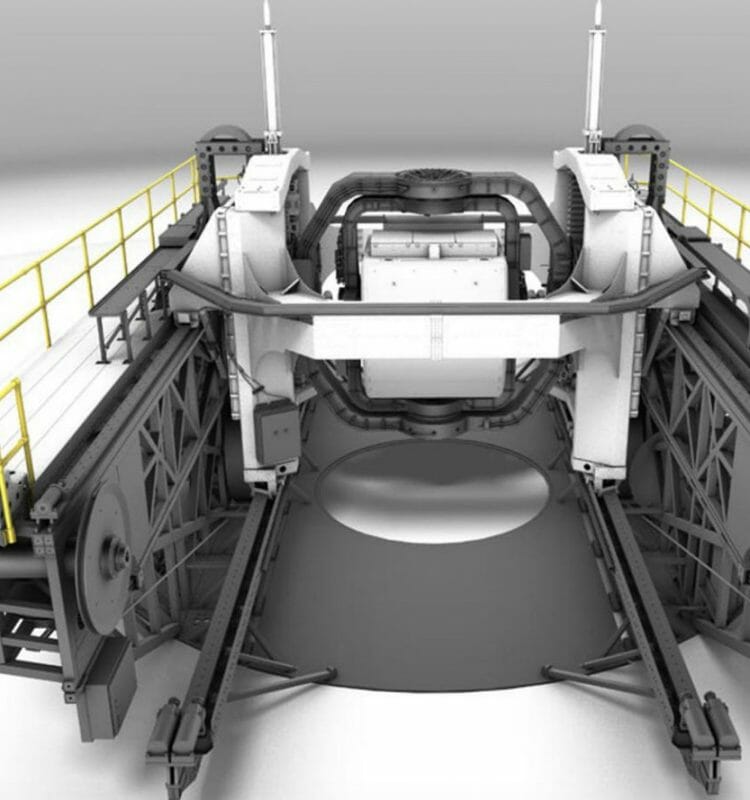EN


There are several different use cases of customers deploying Smart Eye Pro eye tracking technology as aviation solutions. There are studies involving research on human performance, health and physiological factors, HMI design, human factors and pilot training. In the following example, our eye trackers were used to investigate topics like workload, pilot co-operation, drowsiness, disorientation, design and validation and pilot performance comparisons.
Naval Medical Research Unit Dayton is a major DoD medical research command and the home of the Naval Aerospace Medical Research Laboratory and the Environmental Health Effects Laboratory. As a subordinate command to Naval Medical Research Center, NAMRU-Dayton conducts aerospace medical and environmental health effects research to enhance fighter pilot health, safety, performance, and readiness. NAMRU-Dayton conducts research to address identified Fleet needs and results in products and solutions ranging from basic knowledge to fielded technologies. The Naval Aerospace Medical Research Laboratory is equipped with biomedical and behavioral sciences research capabilities supported by a unique collection of state-of-the-science equipment and research devices. These unique capabilities enable NAMRU-D to conduct incisive research into the leading medical and physiological threats to aircrew and ultimately transition knowledge and technologies to the fleet.
“We have four Smart Eye Systems in our lab of varying different speeds and camera numbers. We really enjoy the flexibility the system offers us for various different research uses.” – Charles R. Powell ”Robbie”, Contractor, Software Engineer IV
The Smart Eye Pro eye tracking systems are incorporated in the US Navy’s new disorientation research device. The s GL-6000 disorientation research device, or The Kraken, is a new generation simulator, enabling next level realism to motion simulations and helping researchers gain a more complete understanding of motion-related factors in various moving vehicles. Aside from flight simulations, the device can be used for motion-based research concerning submarines, boats and land vehicles.
For the first time in the history of aerospace medicine, fully realistic motion simulations can be created which allow the exhaustive research necessary for a comprehensive understanding of spatial disorientation and other motion and acceleration-based phenomenon, Navy Captain Rees Lee described The Kraken at the opening of the Captain Ashton Graybiel Acceleration Research Facility in June 2016
“Our previous trackers were head-mounted, and having the freedom to not have to tether anything to the subjects is much better for us and we are getting better results. As a software engineer, I also enjoy the sheer volume of data options I can pull from the Smart Eye logging system. We are able to add real-time and filtered eye and head track data down to a very small degree of accuracy. We’ve even been working with the Smart Eye techs to add small pupil support and full integration into our motion platform.” – Charles R. Powell ”Robbie”, Contractor, Software Engineer IV
Through more accurate evaluation, the causes behind issues like spatial disorientation and other human factors can be determined. Factors like operational effectiveness, performance and safety can be analyzed accurately and without any danger. This allows the disorientation research device to fulfill the main purpose of the research: to provide solutions for real-life moving vehicles – and save both expensive equipment and human lives.
Interested in eye tracking for research? Download our Comprehensive Guide to Eye Tracking Technology for the Aviation Industry here, or contact us today to schedule a demo!
